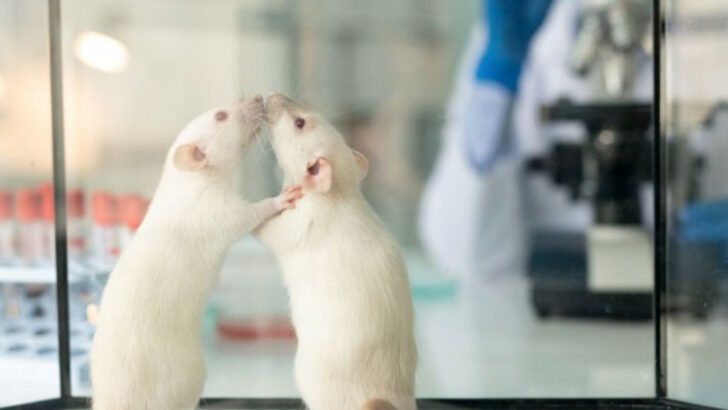Every animal on Earth gets judged.
Harsh? Maybe. But necessary? Absolutely.
From the tiniest flea to the bluest whale, scientists put every creature under the microscope—sometimes literally—and start sorting. Who’s got a backbone? Who lays eggs? Who’s rocking fur, feathers, or scales?
It’s not just a science fair project—it’s how we make sense of millions of wildly different lives crawling, flying, swimming, and slithering around us.
The rules of this wild sorting game aren’t random. They’re packed with drama, surprises, and a few weirdos that break every box they’re put in.
Ready to find out how science decides what’s what in the animal kingdom?
Let’s open the file cabinets of the natural world.
Things are about to get organized… in the weirdest way.
Morphology

Morphology, the study of form and structure, plays a pivotal role in animal classification. Scientists examine physical traits such as body shape, size, and structural features. For example, the presence of a backbone or the type of limb formation can determine an animal’s place in the biological hierarchy.
These morphological characteristics are often the first step in differentiating species and are crucial for identifying evolutionary relationships. A fun fact: birds and reptiles share more morphological similarities than one might think, highlighting their common ancestry.
Genetic Analysis
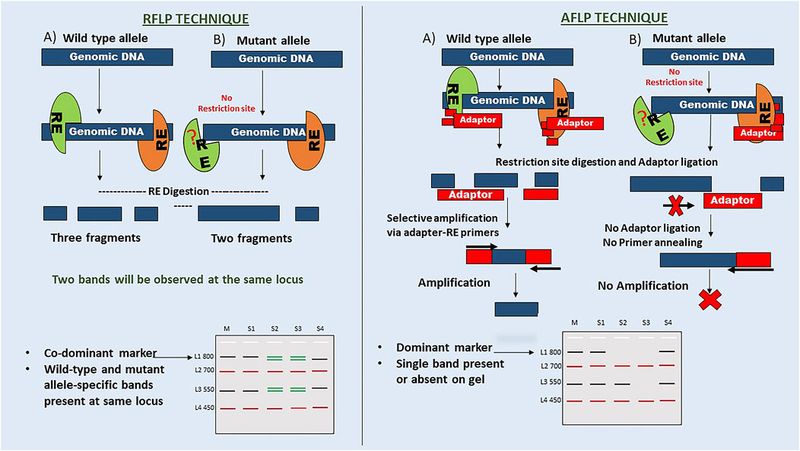
Genetic analysis offers a modern approach to classifying animals. By studying DNA sequences, scientists can uncover evolutionary links that aren’t evident from morphology alone. This method has revolutionized taxonomy by revealing genetic similarities between seemingly unrelated species.
The technique involves extracting and sequencing DNA to identify genetic markers. These genetic markers can trace lineage and provide insights into evolutionary paths. As a result, genetic analysis has led to the reclassification of many species, illustrating the dynamic nature of scientific discovery.
Behavioral Traits
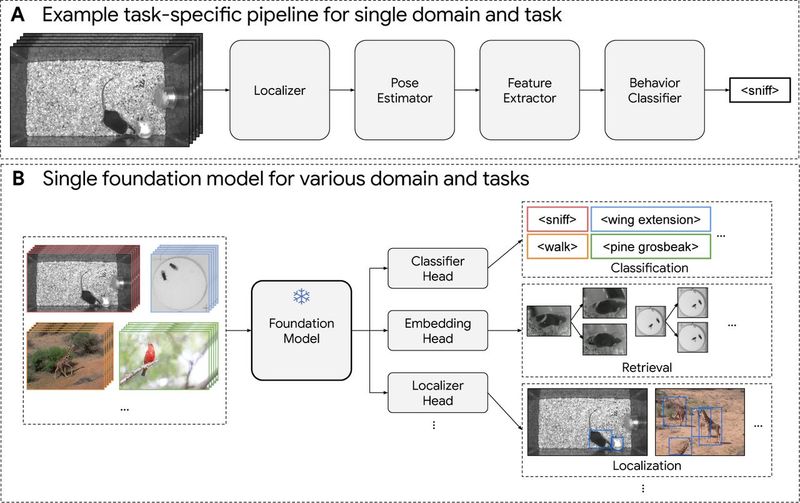
Animal behavior is a fascinating aspect of classification. Scientists observe everything from feeding habits to mating rituals to discern relationships between species. For instance, certain birds may exhibit complex mating dances that are unique to their species, aiding in their classification.
Behavioral traits are also crucial in understanding adaptation strategies and survival mechanisms. By studying these behaviors, researchers can draw connections between different species, enhancing our understanding of biodiversity. This approach reminds us that actions speak volumes in the animal kingdom.
Ecological Niche
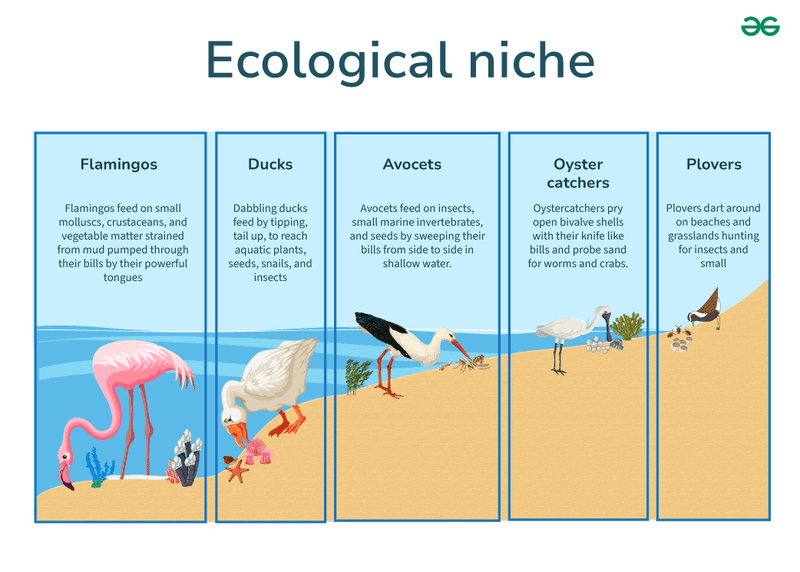
An ecological niche refers to the role an animal plays in its environment. Classification based on ecological roles involves examining an animal’s habitat, its interactions with other species, and its contribution to the ecosystem. For example, predators, prey, and scavengers occupy distinct niches that influence their classification.
Understanding these niches helps in predicting an animal’s behavior and its impact on the environment. This ecological perspective is vital for conservation efforts, ensuring that species maintain their roles within ecosystems.
Reproductive Strategies
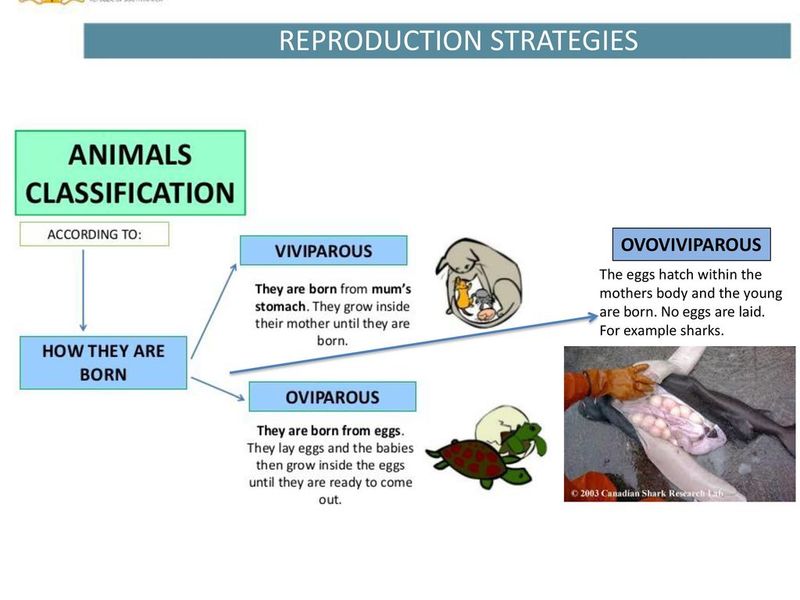
Reproductive strategies offer another layer of classification. Scientists explore how animals reproduce, whether through laying eggs, live births, or other methods. These strategies often determine survival rates and evolutionary success.
For example, the presence of parental care or the development of offspring outside the mother’s body are critical factors. By studying these strategies, scientists gain insights into species’ life cycles and adaptations. These reproductive nuances highlight the complexity of life on Earth.
Developmental Stages
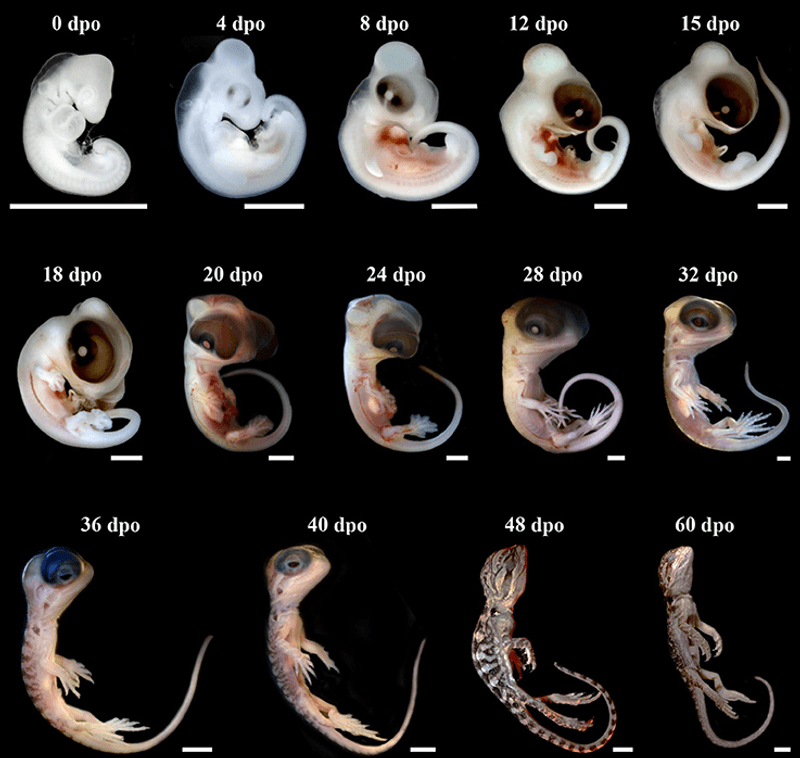
Animals are also classified by their developmental stages. Observing how an organism grows from an embryo to its adult form can reveal significant taxonomic information. For instance, amphibians undergo metamorphosis, transitioning from water-bound larvae to land-dwelling adults.
These stages often reflect evolutionary adaptations and can highlight unique physiological processes. By studying developmental stages, scientists can make inferences about an animal’s evolutionary past and its ecological niche.
Anatomical Features
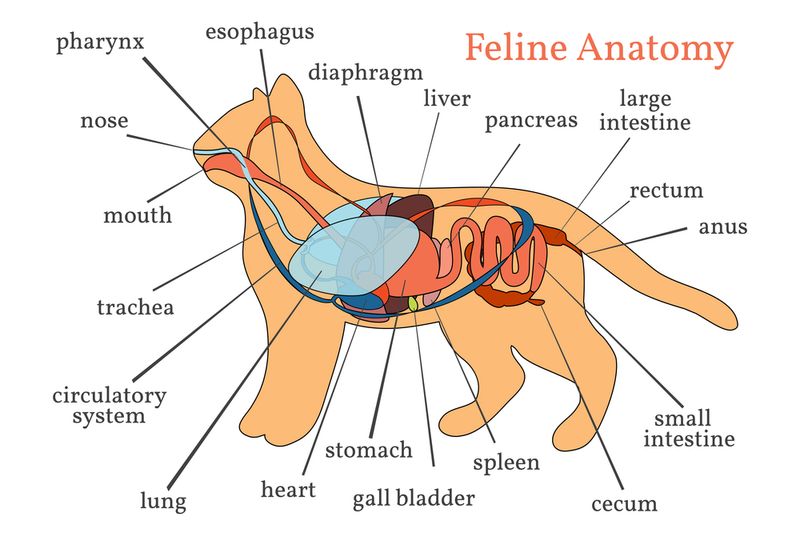
Anatomical features provide critical insights into animal classification. Scientists scrutinize an animal’s internal structure, such as organ systems and skeletal configurations, to determine classification. The presence of specific features like a multi-chambered heart or specialized digestive systems can be telling.
This anatomical approach helps in identifying physiological adaptations that distinguish species. Such features often correlate with an animal’s ecological niche and evolutionary history, offering a window into their survival strategies.
Geographic Distribution
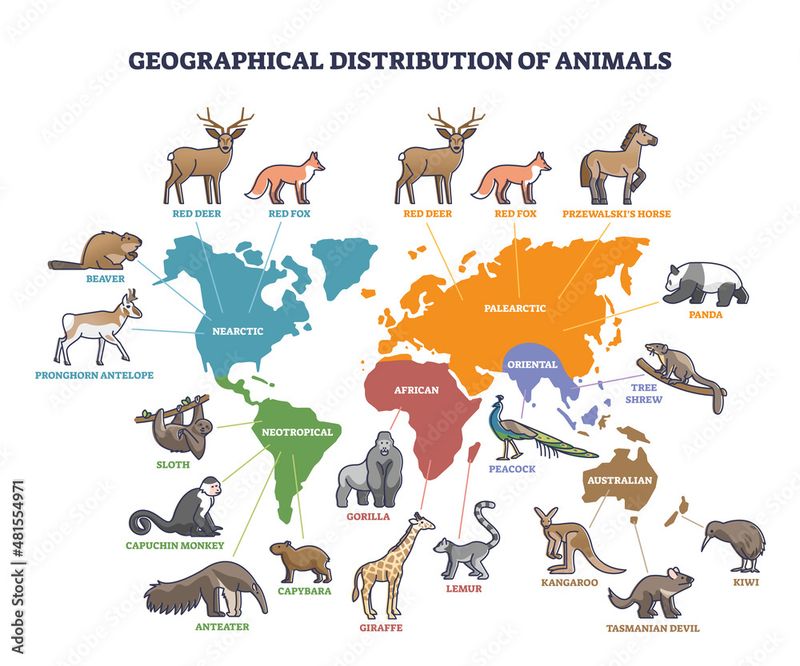
Geographic distribution is a vital classification factor. The regions where species are found can influence their classification, as location often dictates evolutionary paths. Endemic species, those unique to specific areas, are particularly interesting for classification.
Scientists study distribution patterns to understand migration, adaptation, and speciation. This geographical insight aids in conservation efforts, highlighting areas of high biodiversity and endangerment.
Fossil Records
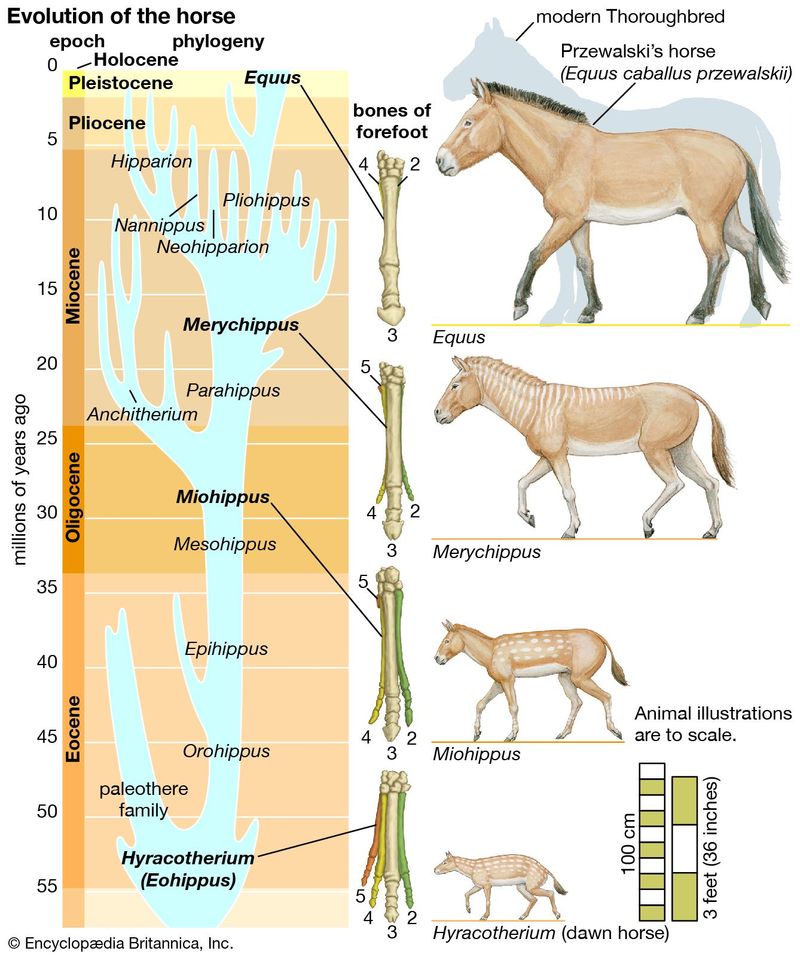
Fossil records serve as a historical blueprint for classification. By examining fossils, scientists can trace evolutionary changes over millions of years. These records offer clues about extinct species and their relationships with modern animals.
Fossil analysis helps in constructing phylogenetic trees, illustrating evolutionary lineages. This historical perspective is crucial for understanding the origins and diversification of species throughout history.
Physiological Processes
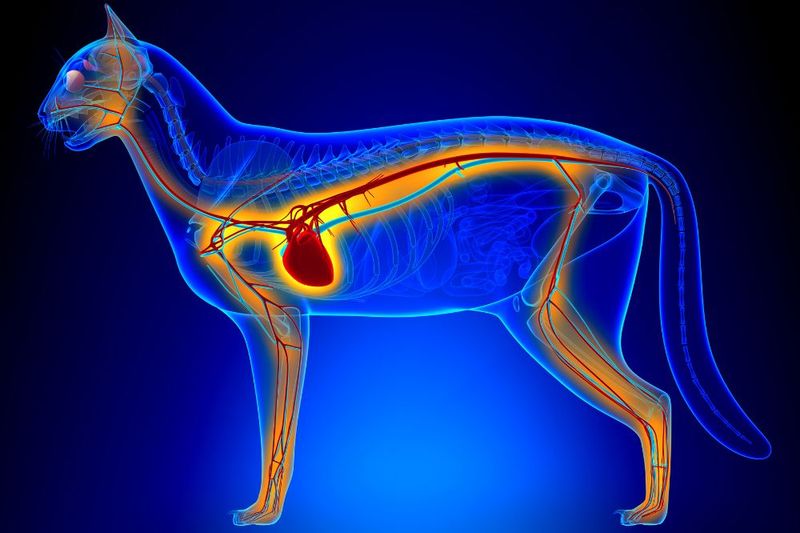
Physiological processes are central to classification. Scientists study functions like respiration, circulation, and digestion to distinguish between species. These processes often reflect adaptations to environments and lifestyles.
For example, animals with specialized respiratory systems may be adapted to extreme environments. By examining these processes, researchers gain insights into the evolutionary pressures shaping species. This physiological perspective highlights the interconnectedness of form and function in the animal kingdom.
Molecular Biology

Molecular biology has transformed animal classification. By analyzing proteins and molecular structures, scientists can uncover evolutionary relationships at the cellular level. This approach complements genetic analysis, providing a deeper understanding of species’ origins.
Molecular techniques help in identifying homologous structures and tracing evolutionary paths. These advances in molecular biology continue to refine and redefine our understanding of the animal kingdom.
Symbiotic Relationships
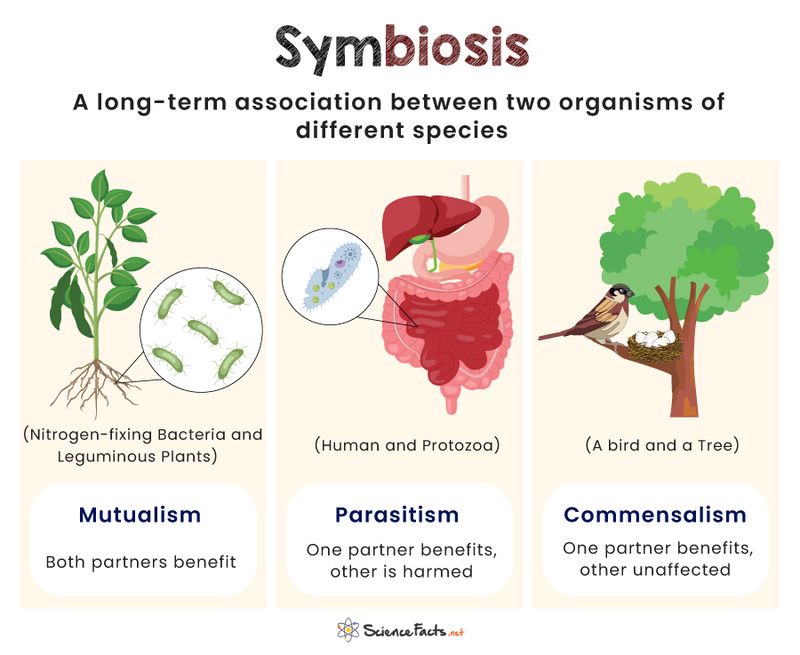
Symbiotic relationships offer another perspective on classification. Scientists study how species interact with each other, be it mutualism, parasitism, or commensalism. These interactions can influence evolutionary trajectories and adaptations.
Understanding symbiosis helps in comprehending ecological dynamics and species survival strategies. This relationship-based classification highlights the interconnectedness of life forms and their environments.
Sensory Capabilities
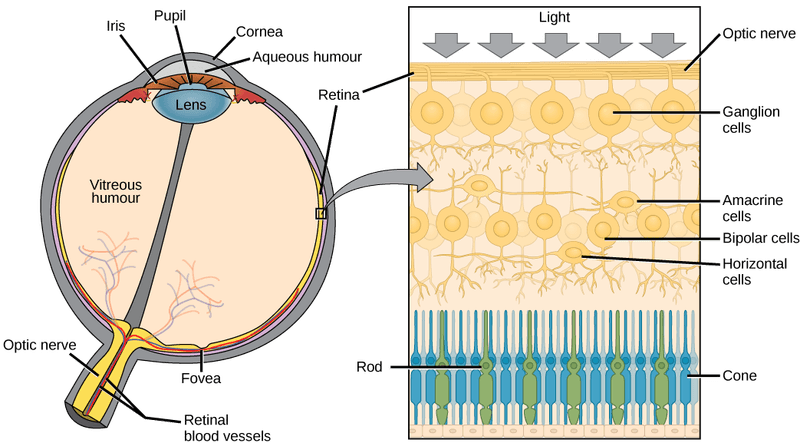
Sensory capabilities provide fascinating insights into classification. Scientists study how animals perceive their environment through senses like sight, sound, and smell. Adaptations such as echolocation in bats or infrared vision in snakes are key differentiators.
These sensory adaptations often indicate specialized niches and evolutionary pressures. By examining sensory capabilities, researchers can better understand the ecological roles and survival mechanisms of various species.
Evolutionary History
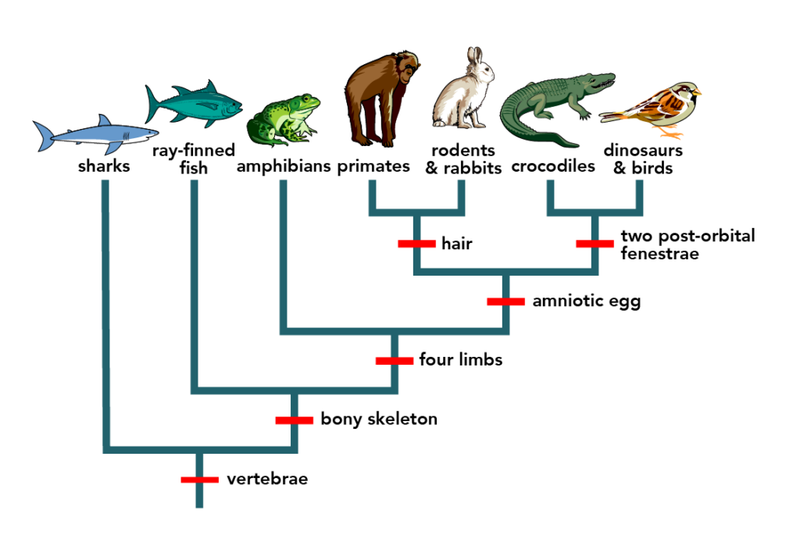
Evolutionary history is the foundation of classification. Scientists use phylogenetic trees to map out lineage and evolutionary change. This historical perspective provides context for understanding morphological and genetic similarities.
By studying evolutionary history, researchers can identify common ancestors and trace the diversification of species. This approach emphasizes the dynamic nature of life and its continual adaptation to changing environments.

